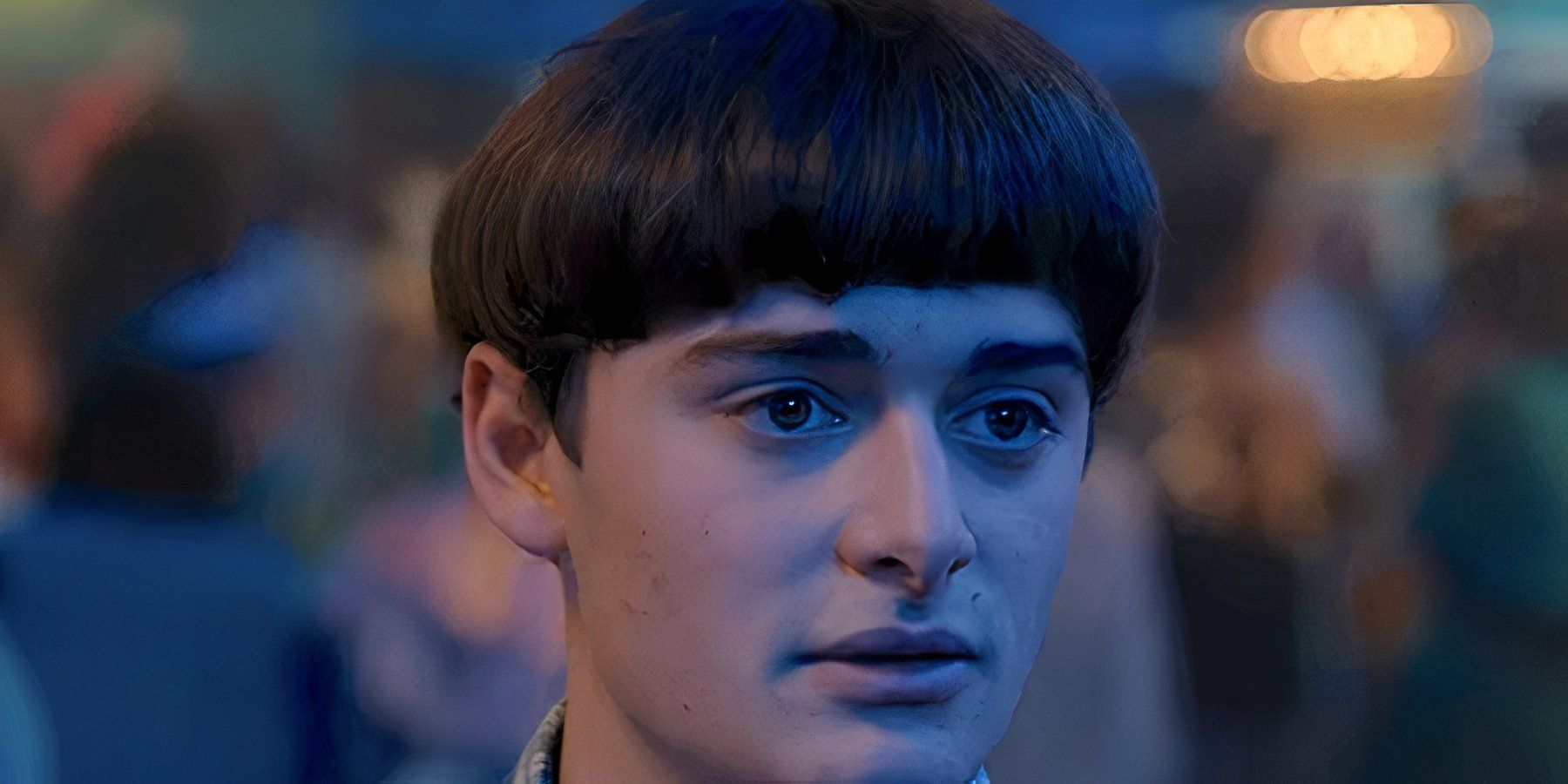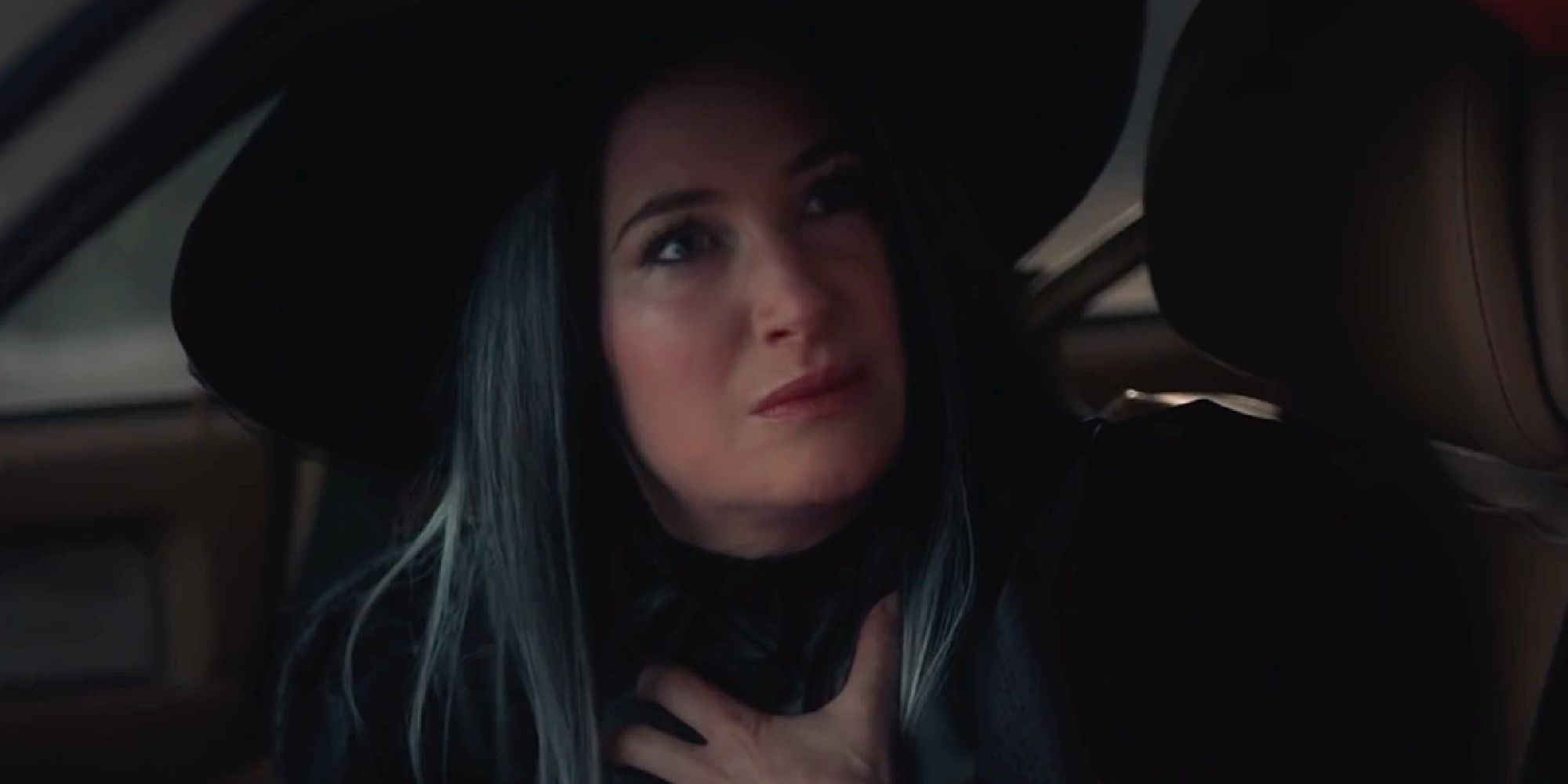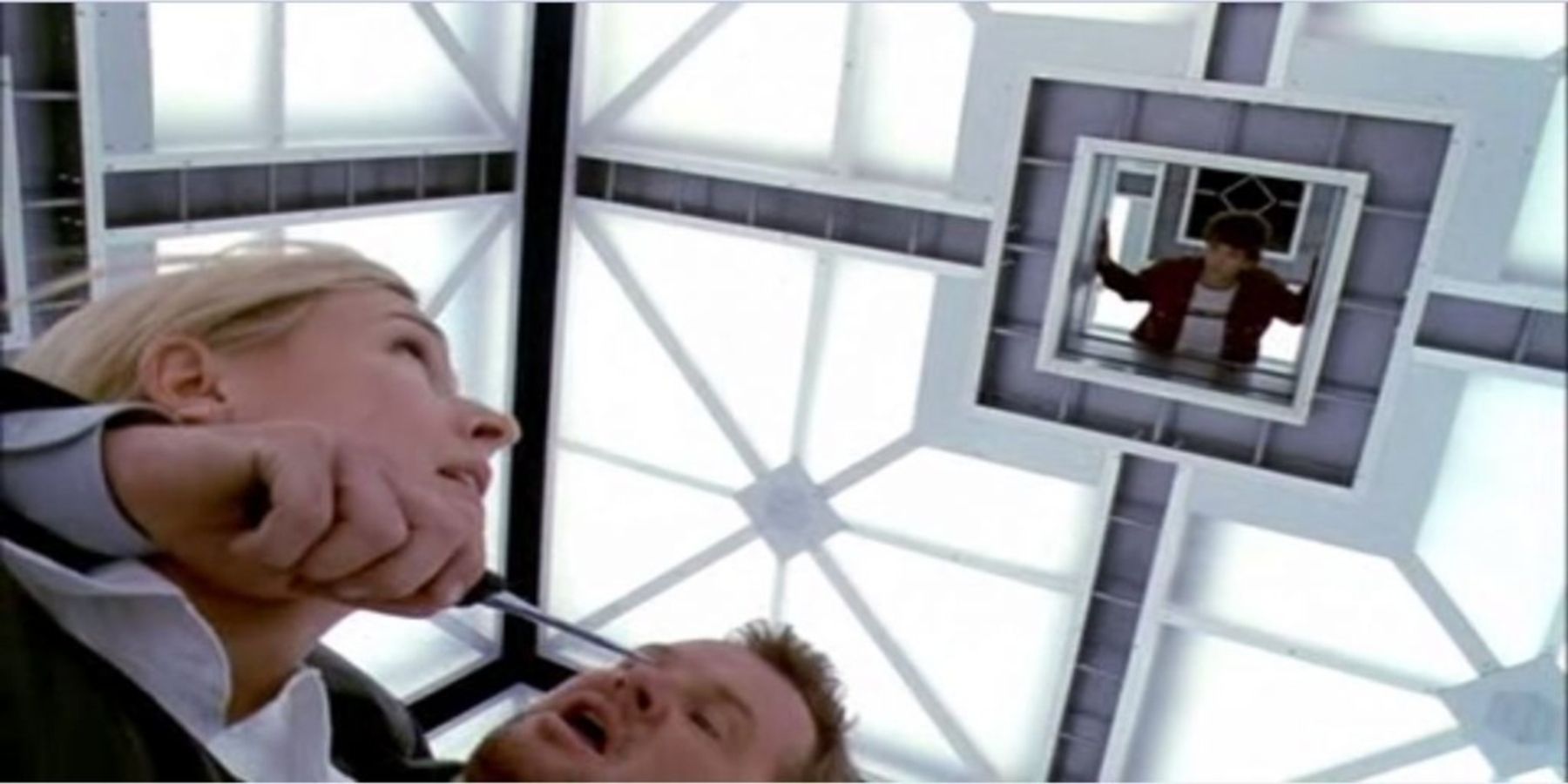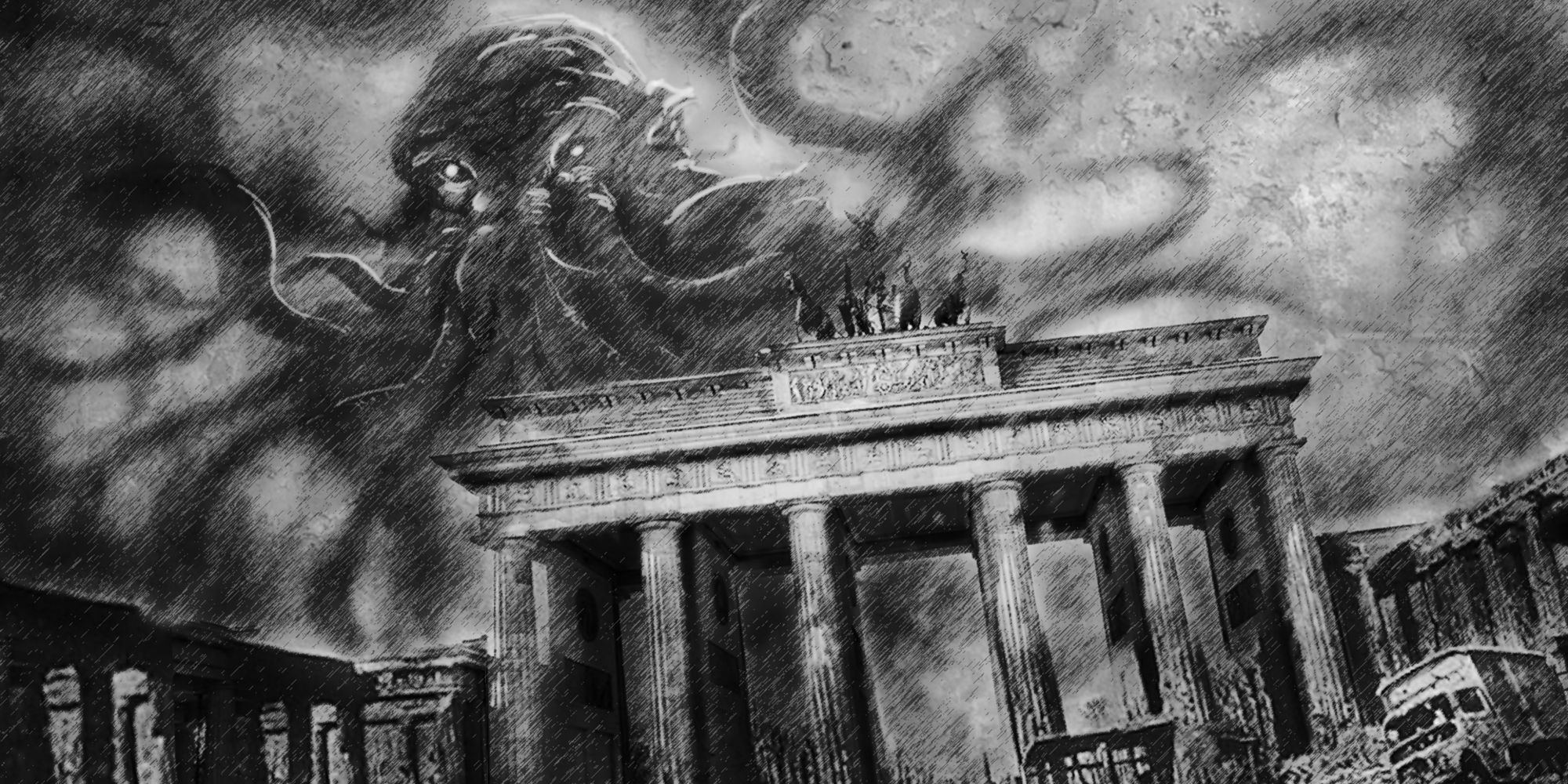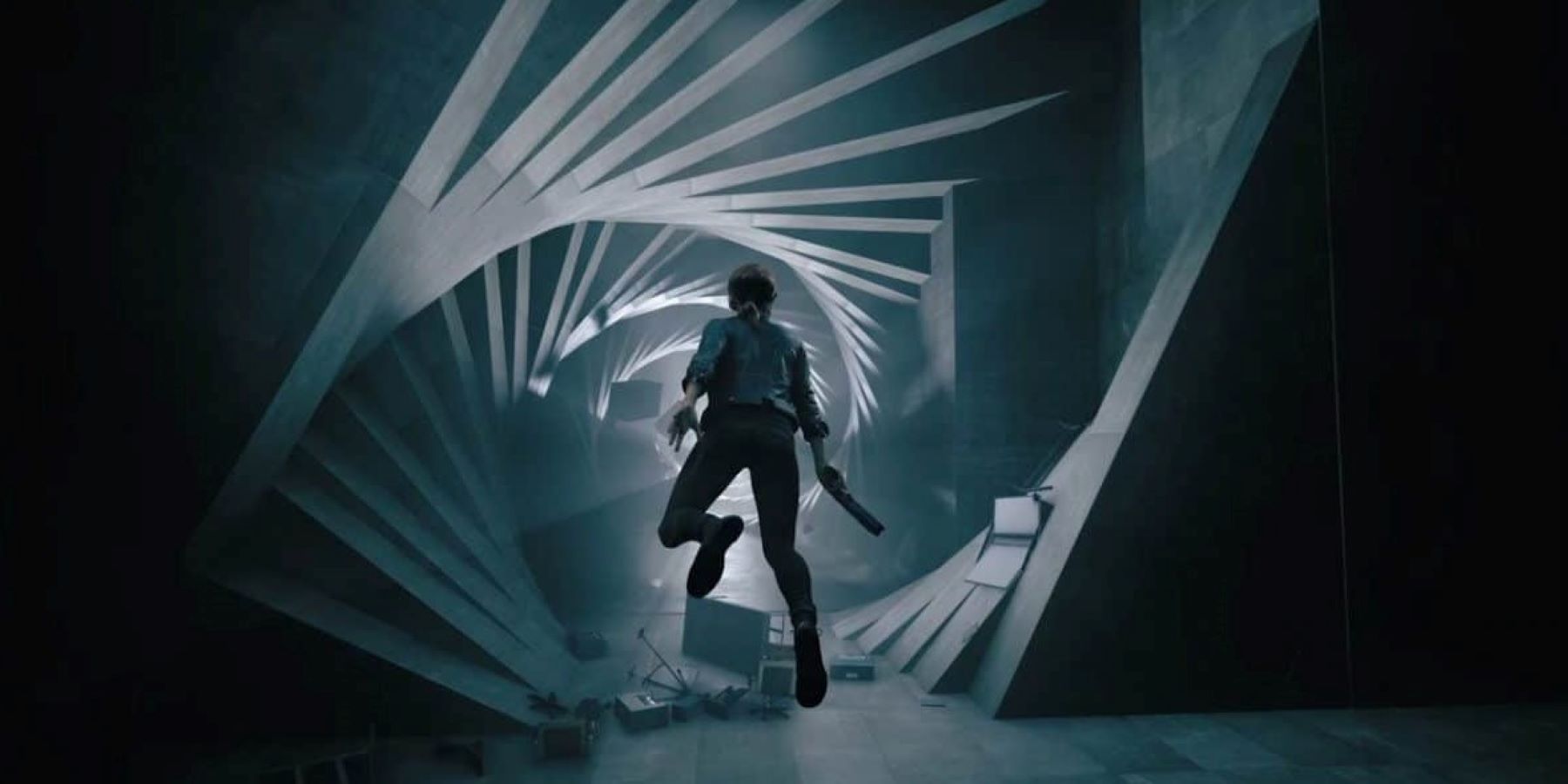Setting can be everything in a horror film. From the depths of space to the center of the Earth, someone can make a scary story happen anywhere. When inventing a setting for a horror story, some writers have devised fantastical structures in the guise of everyday buildings. The Bizarrchitecture trope covers all the stairs that go nowhere, hallways into alternate dimensions, and buildings that are bigger on the inside.
The haunted house is as old a concept as one could conceive of. As long as humanity has built its shelter, they've imagined the horror of something terrible invading it and changing it. When the places we find banal or even comforting turn against their own logical structure, horror can come from the strangest of places.
Bizarrchitecture is, simply put, all the wild ways in which a building can defy reason. The kindest examples are buildings intentionally designed in an unusual shape. A wacky gimmick restaurant might choose to model itself after its signature dish. Slightly stranger examples might see a traditional structure bend and break. Rooms, doors, halls, and windows will all still be present, but they're jumbled and shifted like a misassembled jigsaw puzzle. In some cases, the entire building is upside-down, complete with all the bells and whistles on the ceiling instead of the floor. True alien architecture can break the mind with things that simply cannot be, creating some deeply disturbing settings. Bizarrchitecture is a sliding scale, but it asks a lot of interesting questions about the nature of the buildings people live their lives in.
Unsurprisingly, the popular origin of this trope is almost undoubtedly H. P. Lovecraft. Earlier examples exist, from the Baba Yaga's house on chicken legs to the witch's gingerbread home, but cosmic horror is the best home for Bizarrchitecture. Lovecraft introduced a mess of eldritch abominations and fans can likely list each absurd name, but his flagship entity is and has always been Cthulhu. The 1928 short story that introduced the original Great Old One also introduced his domain, the drowned city of R'lyeh. The "nightmare corpse-city of R'lyeh" was laid out in the trademark non-Euclidean geometry that Lovecraft so often enjoyed employing. Its stonework is ancient and grotesque, its shape forms spheres that are utterly alien, and nearly every element looks as if it should not be. Later writers expanded on R'lyeh, but the original depiction perfectly captures its abnormal inexplicable presence.
When a house is haunted by some unpleasant presence, it often loves to turn the geometry uncooperative. Shirley Jackson's 1959 horror classic The Haunting of Hill House takes place in a large old mansion that rarely makes sense. It's more subtle than R'lyeh, but all the angles are wrong, and the stairs are always off-level. The real threat in Hill House is internal, spurred by some poltergeist, but given shape by the personal issues of its residents. Mark Z. Danielewski's House of Leaves uses a similar technique to keep the audience in constant dread. The titular house is just a bit bigger on the inside than it is on the outside. Unfortunately, it's also constantly spawning new additions and is theoretically endless. The story of House of Leaves is a mess told through the lens of a madman, but its disjointed structure mirrors the impossible architecture of its setting.
The world of video games enjoys playing with Bizarrchitecture as level design. The Castlevania franchise frequently creates some strange environments with Dracula's Castle. Bloodborne was inspired by Lovecraft and depicts the city of Yharnam as a complicated 3D gothic art puzzle. But, the best examination of this trope in a video game is undoubtedly Remedy's 2019 New Weird classicControl. There's a lot to love about Control, but one of its strongest assets is its setting. The Federal Bureau of Control doesn't work out of the Pentagon, it works out of the perfect living brutalist office building called The Oldest House. The Oldest House is an encapsulation of everything fans learned from Lovecraft to House of Leaves, combined with some of the real-world architecture that inspires its own form of fear. From its ever-changing structures to its portals to alternate dimensions, The Oldest House is perfect for fans who want to explore Bizarrchitecture for themselves.
A lot of stories take place in locations that barely affect the plot, but messing with something as fundamental as the location can be massively impactful. Bizarrchitecture can be a minor background detail or the most central element of a story. It can be a single scene or the entire basis of the narrative. It can even be a comedic element, perhaps leading to some solid slapstick if it's applied well. Bizarrchitecture is a simple concept, but it's produced some of the most disconcerting environments in fictional history. The shape of a structure can determine the path of a story, often in the most unpleasant ways.

